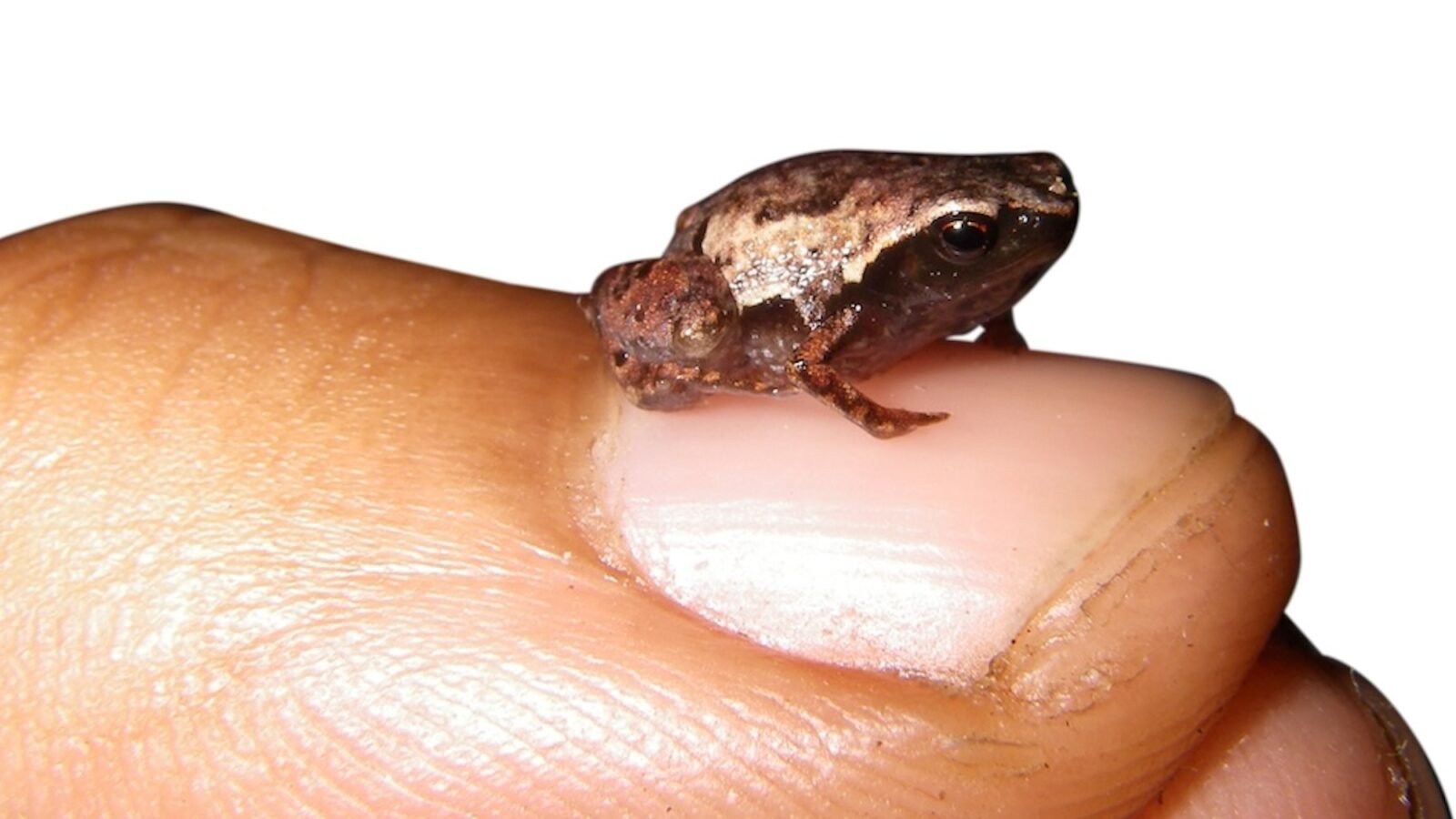The world’s largest animals often get the most attention, but some biologists argue that the smallest animals deserve just as much, if not more, study. Now, with a grant of about $1.66 million from the European Research Council, experts will soon begin investigating these tiny (yet biologically fascinating) creatures on an unprecedented scale.
According to one Announcement of September 5curator of herpetology at the Danish Museum of Natural History and assistant professor Mark Scherz of the University of Copenhagen will spend the next five years on a new project called GEMINI (Genomics of Miniaturization in Vertebrates). With GEMINI, Scherz’s team will study how the evolutionary downsizing of animals such as flea toads, pygmy gobyfish and bumblebee bats managed to cram all their biological components into such small packages – without sacrificing efficiency or health. By doing so, experts could learn how genetic efficiency and improvement manifest in some of the most literally overlooked species.
“Large animals are often the ones that catch our attention. But I think it’s just as fascinating how nature has managed to miniaturize the exact same vital organs and cram them into a frog less than an inch long,” Scherz said in a statement Thursday. “Today we know surprisingly little about how it all happens, and I want to change that.”
As he explains, previous studies of the genomes of miniature animals have shown that “a kind of cleansing and innovation” takes place as they evolve to smaller sizes. While much of this simplification occurs in the deletion of what is sometimes called “junk” DNA, some changes also occur in other genes. It is this last category that Scherz wants to understand more in the coming years.
In the past, many evolutionary biologists subscribed to a theory known as “Cope’s rule”, which stated that species tend to get larger as they continue to evolve. However, experts know that this isn’t always the case, for pretty obvious reasons.
“Animals cannot just keep getting bigger. At a certain point, physiology – the exchange of heat, water and oxygen – sets a limit, just like gravity,” says Scherz. “As such, there must be phases of decrease in body size before a trend towards larger size can even emerge.”
Scherz believes that, contrary to Cope’s rule, smaller animals may be “where the really big innovations happen.” Think of it this way: A version of virtually every vital organ in your body also exists in the flea frog, the world’s smallest vertebrate discovered only last year in Brazil. The same biological functions that keep the seven-millimeter-long amphibian alive are found in humans, elephants and blue whales, the largest animals on Earth. But the flea toad does all that with a fraction of the energy.
[Related: A new evolutionary theory could explain the mystery of shrinking animals.]
“Everyone pays attention to blue whales and elephants. Any child you ask can tell you about the largest land mammal, the largest marine mammal, and the largest dinosaur that ever lived. But scaling up and getting bigger is not a big problem,” says Scherz. “It’s a much more impressive feat to have [practically] all in a twenty-three ton blue whale, compressed into a seven millimeter package.
Speak with Popular science Via email, Scherz said he believes his findings will see many applications in the biomedical, bioengineering and biotechnology industries.
“Bioengineering and biotechnology continually look to nature for inspiration and demonstration of what is possible, and at a time when technology itself is undergoing extreme miniaturization, it will be crucial to look to nature’s key examples of what complexity is possible on a remarkably small scale. ”












Leave a Reply